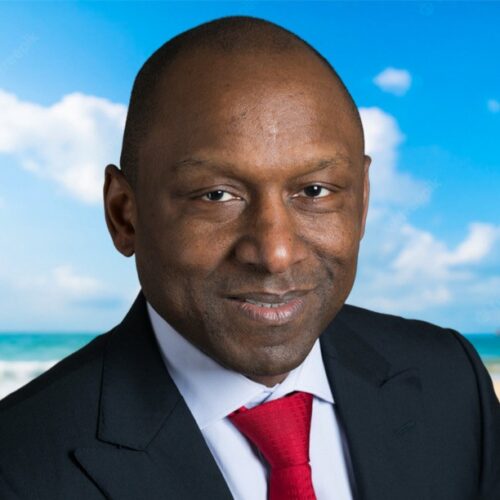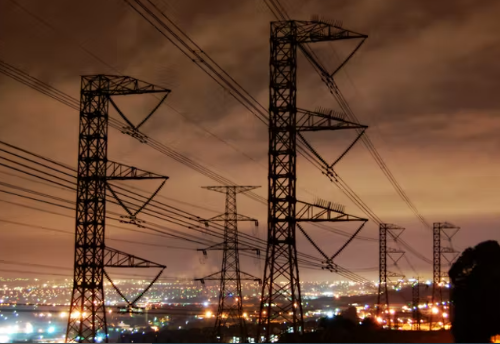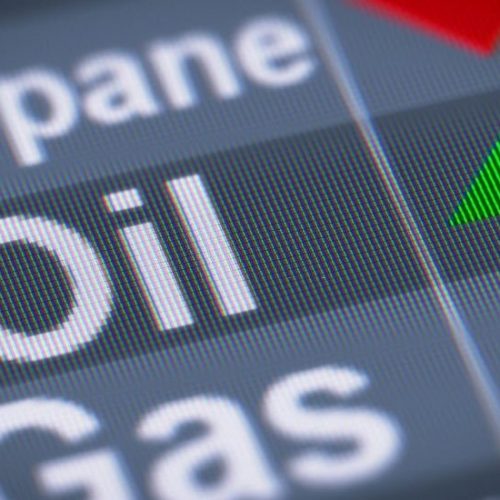Loyiso Tyabashe
NECSA is looking to play a key role in Africa's energy future.
T.J Tall
Lidera Green Power, a subsidiary of Groupe Filatex, focuses on developing solar power plants in Madagascar to provide clean energy to the grid at a lower cost compared to thermal power plants.
South Africa’s Economic Growth Affected By Mismatch Of Electricity Supply and Demand
South Africa’s electricity sector has faced a series of challenges over the last two decades. It started with inadequate grid infrastructure to provide electricity to the majority of the South African population in the 1990s. In 1994, only 36% of total households were electrified; 50% of the urban population and 12% of the rural population.
Particularly in the middle of the 2000s, the national utility, Eskom, ran into liquidity and profitability problems. It received frequent government bailouts. The 2022 national budget allocated R21.9 billion (about US$1.5 billion) to Eskom.



